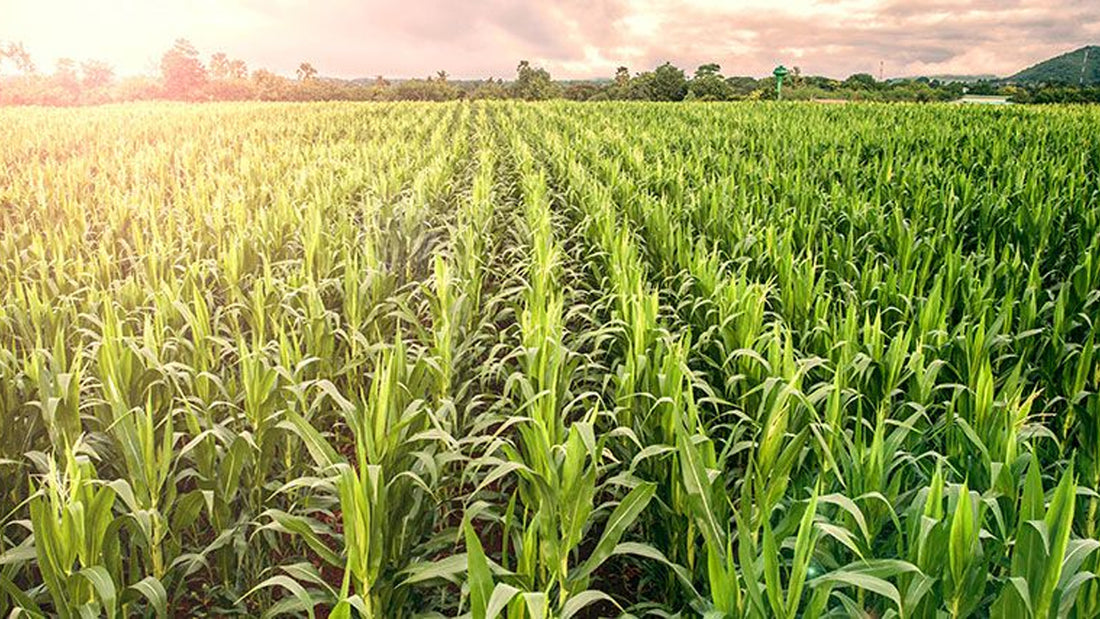
Equity in Agriculture: Navigating Challenges of Being a Black Farmer
In the latest news on "Farming While Black" in 2024, the Biden administration has earmarked $3.1 billion to incentivize farmers and ranchers to curb greenhouse gas emissions and sequester carbon, aiming to address historical discrimination by the USDA against minority farmers. Nonetheless, the program faces challenges, with critics voicing concerns over fund allocation to major corporations and lobbying groups. Despite each project setting equity goals, trust issues persist due to past discrimination, and evaluating equity remains subjective. The USDA's definition of "historically underserved" encompasses various groups, potentially allowing projects to meet equity goals without directly benefiting Black farmers. Spanning five years, the program adopts two funding tiers, with larger organizations favored in the first tier and minority-serving institutions targeted in the second. While smaller projects led by minority-serving universities may excel in achieving equity goals, larger projects necessitate clearer specificity in this regard. For instance, while the Iowa Soybean Association aims to involve women, veterans, and people of color in its climate-smart agriculture initiative, the strategy for achieving this requires further clarification. Conversely, Central State University is implementing a $5 million project to provide organic fertilizer to underserved farmers in Ohio and southeast Michigan.
For a more information visit the LDF website.
